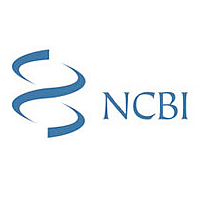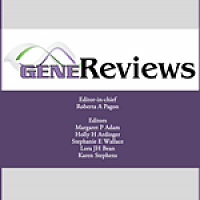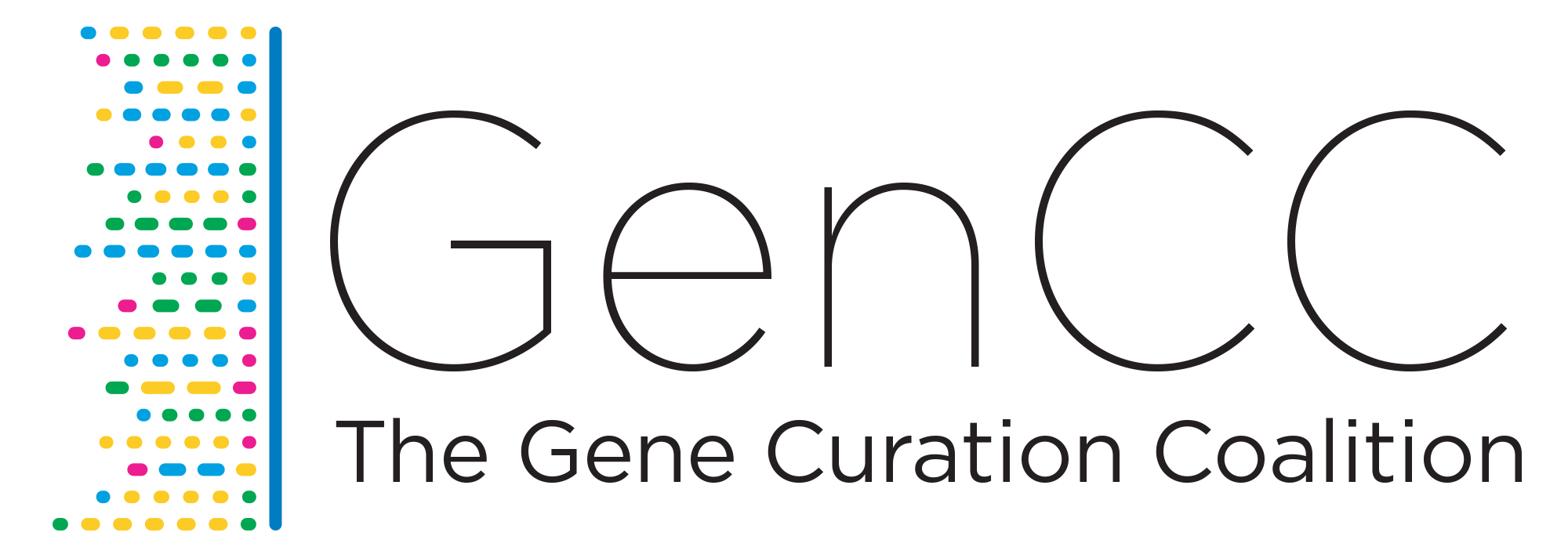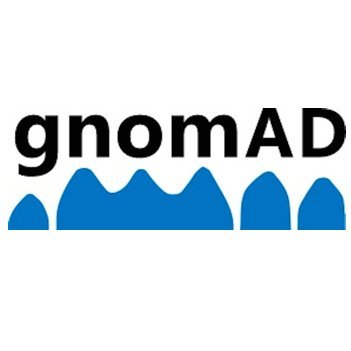Developmental Brain Disorder Gene Database
LoF Variant Gene
Gene
Search
Tier
1
- Unique Cases:
- 39
- Disorders:
- ID, ASD, EP, CP
- Last Updated:
- November 4, 2024
Gene Summary:
- DBD Genes Classification
- SON is a High Confidence candidate gene classified as Tier 1. Tier 1 genes have three or more de novo pathogenic loss-of-function variants.
- Gene Function
- RNA-binding protein that acts as a mRNA splicing cofactor by promoting efficient splicing of transcripts that possess weak splice sites. Specifically promotes splicing of many cell-cycle and DNA-repair transcripts that possess weak splice sites, such as TUBG1, KATNB1, TUBGCP2, AURKB, PCNT, AKT1, RAD23A, and FANCG. Probably acts by facilitating the interaction between Serine/arginine-rich proteins such as SRSF2 and the RNA polymerase II. Also binds to DNA; binds to the consensus DNA sequence: 5'-... (Source: Uniprot)
- Previous symbols
- C21orf50
- Alias symbols
- DBP-5, NREBP, KIAA1019, BASS1, FLJ21099, FLJ33914
- Chromosomal Location
- 21q22.11
- Genomic Coordinates
- GRCh37:chr21:34915344-34949820
- GRCh38:chr21:33543038-33577481
- Associated Disorders
- Intellectual Disability, Autism, Epilepsy, Cerebral Palsy
Cases:
Publications:
| Tan Y et. al., A novel frameshift variant in SON causes Zhu-Tokita-Takenouchi-Kim Syndrome., J Clin Lab Anal, 2020 |
| Zhu X et. al., Whole-exome sequencing in undiagnosed genetic diseases: interpreting 119 trios., Genet Med, 2015 |
| Helbig KL et. al., Diagnostic exome sequencing provides a molecular diagnosis for a significant proportion of patients with epilepsy., Genet Med, 2016 |
| Kim JH et. al., De Novo Mutations in SON Disrupt RNA Splicing of Genes Essential for Brain Development and Metabolism, Causing an Intellectual-Disability Syndrome., Am J Hum Genet, 2016 |
| Moreno-De-Luca A et. al., Molecular Diagnostic Yield of Exome Sequencing in Patients With Cerebral Palsy., JAMA, 2021 |
| Kushary ST et. al., ZTTK syndrome: Clinical and molecular findings of 15 cases and a review of the literature., Am J Med Genet A, 2021 |
| Wang Y et. al., Exome sequencing reveals genetic heterogeneity and clinically actionable findings in children with cerebral palsy., Nat Med, 2024 |
External References:

NCBI: Gene
Integrates information from a wide range of species. A record may include nomenclature, Reference Sequences (RefSeqs), maps, pathways, variations, phenotypes, and links to genome-, phenotype-, and locus-specific resources worldwide.

Gene Reviews
An international point-of-care resource for busy clinicians, provides clinically relevant and medically actionable information for inherited conditions in a standardized journal-style format, covering diagnosis, management, and genetic counseling for patients and their families.

DECIPHER
DECIPHER (DatabasE of genomiC varIation and Phenotype in Humans using Ensembl Resources) is an interactive web-based database which incorporates a suite of tools designed to aid the interpretation of genomic variants.
DECIPHER enhances clinical diagnosis by retrieving information from a variety of bioinformatics resources relevant to the variant found in the patient.

SFARI
SFARI Gene is an evolving online database designed to permit quick entrée into the genetics of autism, and to help researchers track the ever-expanding genetic risk factors that emerge in the literature.

ClinGen
ClinGen is a National Institutes of Health (NIH)-funded resource dedicated to building an authoritative central resource that defines the clinical relevance of genes and variants for use in precision medicine and research.

GenCC
The GenCC DB provides information pertaining to the validity of gene-disease relationships, with a current focus on Mendelian diseases.

gnomAD
The Genome Aggregation Database (gnomAD) is a resource developed by an international coalition of investigators, with the goal of aggregating and harmonizing both exome and genome sequencing data from a wide variety of large-scale sequencing projects, and making summary data available for the wider scientific community.
